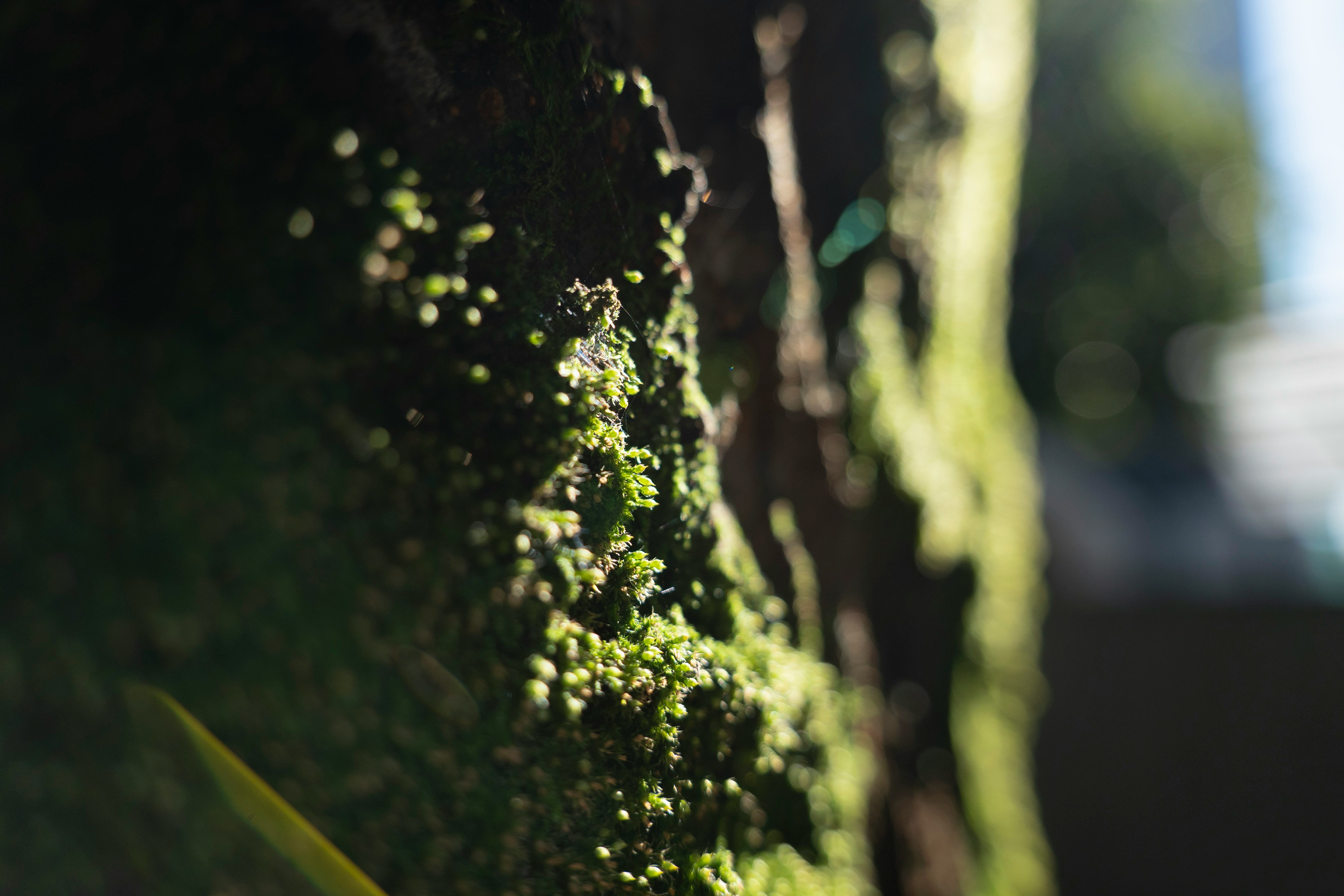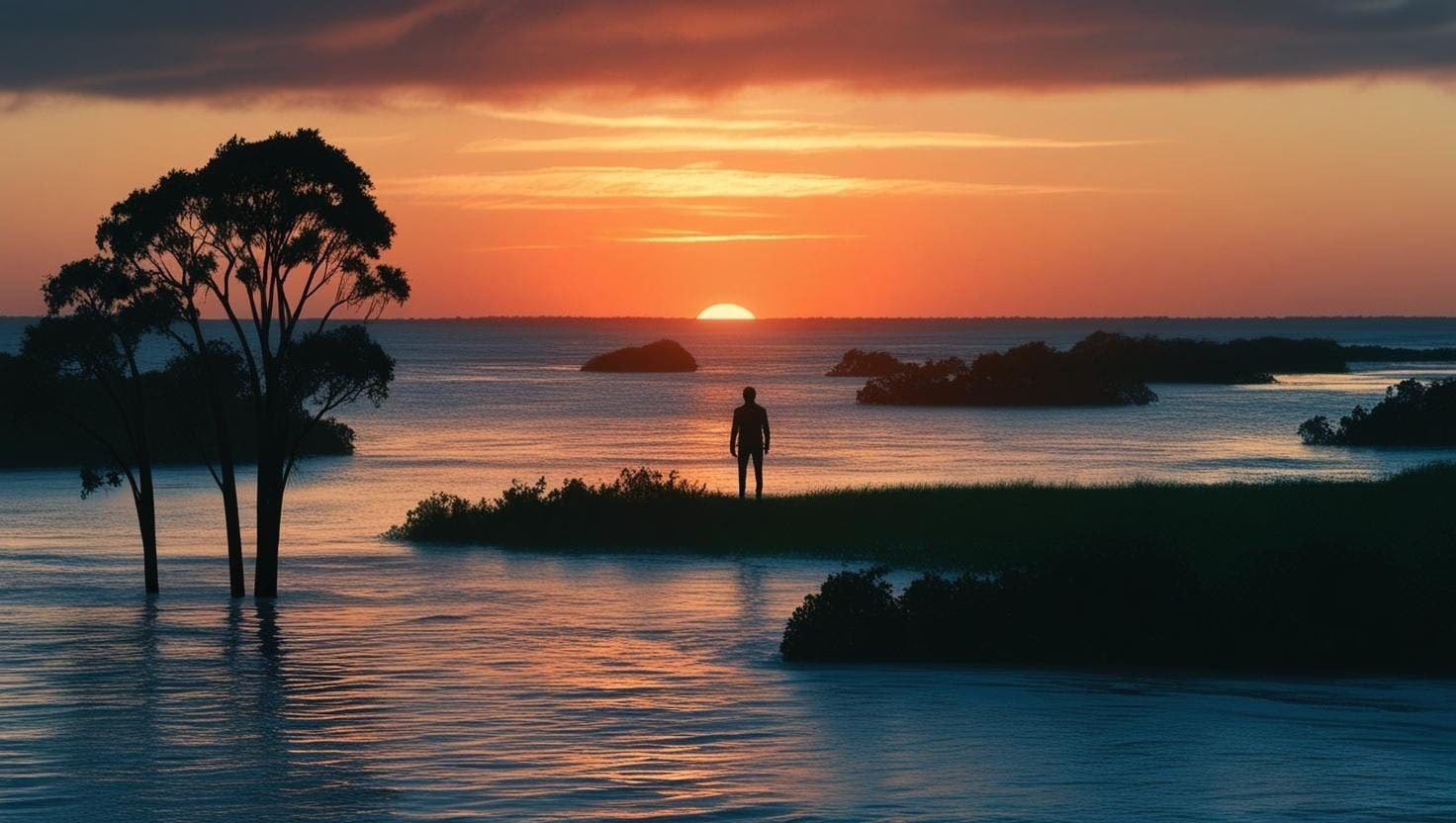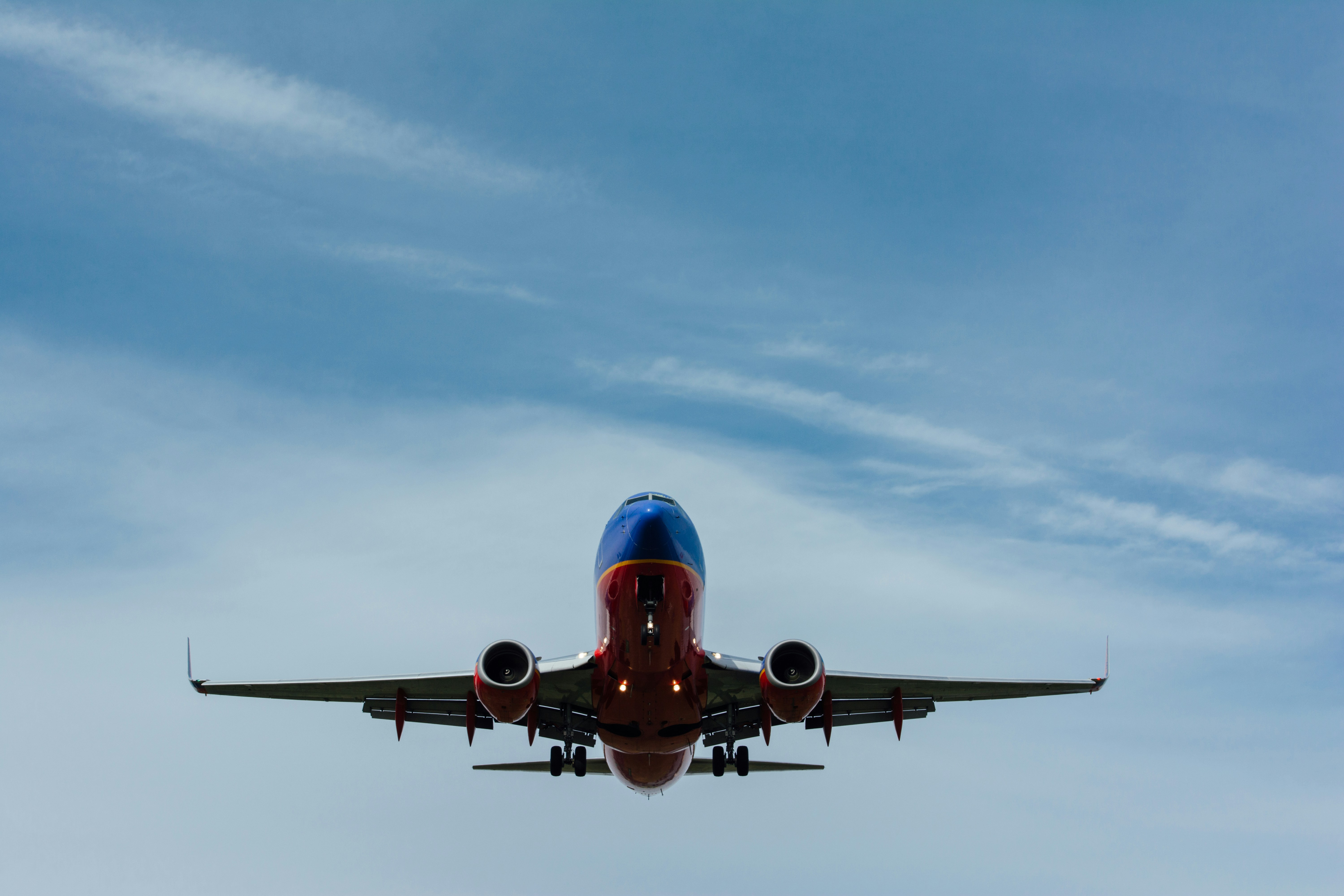Rooted in Hope: Protecting Life on Land for People and Planet
March 2025
Sustainable Development Goal 15 (SDG 15): Life on Land aims to protect, restore, and promote the sustainable use of terrestrial ecosystems, manage forests sustainably, combat desertification, and halt biodiversity loss. With forests, wetlands, mountains, and drylands providing essential resources for life, their protection is not just about conservation—it’s about survival.
Yet in 2025, humanity is still losing land, species, and ecosystems at an alarming rate. Deforestation, soil degradation, and habitat destruction continue to accelerate the climate crisis, deepen inequality, and increase the risk of future pandemics.
Forests Under Threat
Forests cover 31% of the Earth’s land area and are home to 80% of terrestrial species. They provide food, fuel, medicine, and livelihoods for over a billion people—yet 10 million hectares of forest are lost every year, largely due to agriculture, illegal logging, and infrastructure expansion.
The Amazon Rainforest, often referred to as the "lungs of the Earth," is nearing a dangerous tipping point due to deforestation and fires. Meanwhile, forests in Southeast Asia, Central Africa, and boreal zones face mounting pressure from commercial interests.
Governments, companies, and Indigenous groups are now working together to:
Enforce bans on illegal logging
Expand protected forest areas
Promote agroforestry and sustainable land use
Incentivize zero-deforestation supply chains
Biodiversity Loss: A Global Emergency
According to the Intergovernmental Science-Policy Platform on Biodiversity (IPBES), 1 million species face extinction—many within decades—unless urgent action is taken. Habitat loss, invasive species, pollution, overexploitation, and climate change are driving this crisis.
Biodiversity is not just about protecting wildlife—it's about preserving the web of life that supports food systems, medicine, clean water, and pollination.
Programs like 30x30—which aim to protect 30% of Earth’s land and ocean by 2030—are gaining international momentum. But protection must go hand-in-hand with community rights and environmental justice, especially for Indigenous peoples who steward 80% of the planet’s biodiversity.
Soil and Land Degradation: The Silent Crisis
Healthy land is essential for agriculture, water retention, carbon storage, and climate resilience. Yet over one-third of Earth's land is already degraded. Every year, we lose fertile soil equivalent to the size of South Korea.
Desertification is displacing communities, threatening food security, and fueling migration and conflict. The UN Convention to Combat Desertification (UNCCD) is working with countries to reverse this trend through:
Land restoration
Regenerative agriculture
Sustainable grazing and water management
The Great Green Wall initiative in Africa, aiming to restore 100 million hectares of land across the Sahel, is one of the world’s most ambitious climate and land regeneration projects—and a symbol of what’s possible.
Wildlife and Poaching
Wildlife trafficking is a multibillion-dollar industry, putting species like elephants, rhinos, pangolins, and tigers at risk. Beyond ecological impacts, it also undermines rule of law, threatens public health, and funds organized crime.
International coalitions are strengthening enforcement, expanding anti-poaching patrols, and promoting community-led conservation models that support both biodiversity and local development.
Public awareness campaigns and global movements are also helping shift attitudes toward wildlife protection and ethical consumption.
Urbanization and Land Use Balance
As urban areas grow, land-use planning becomes increasingly critical. Sustainable development means protecting natural habitats while meeting human needs for housing, food, and infrastructure.
Green belts, nature-based solutions, and eco-city designs are now helping integrate biodiversity into urban planning, making cities more livable and climate-resilient.
Conclusion: Rewilding Our Relationship With Nature
Life on land is inseparable from life itself. SDG 15 reminds us that forests, animals, plants, and soils are not separate from humanity—they are part of our collective home, health, and future.
The task ahead is clear: restore what’s been damaged, protect what remains, and reimagine how we live with the Earth.
As environmentalist Wangari Maathai once said:
"You cannot protect the environment unless you empower people, inform them, and help them understand that these resources are their own."
Let 2025 be the year we choose to live not above nature—but in harmony with it.






